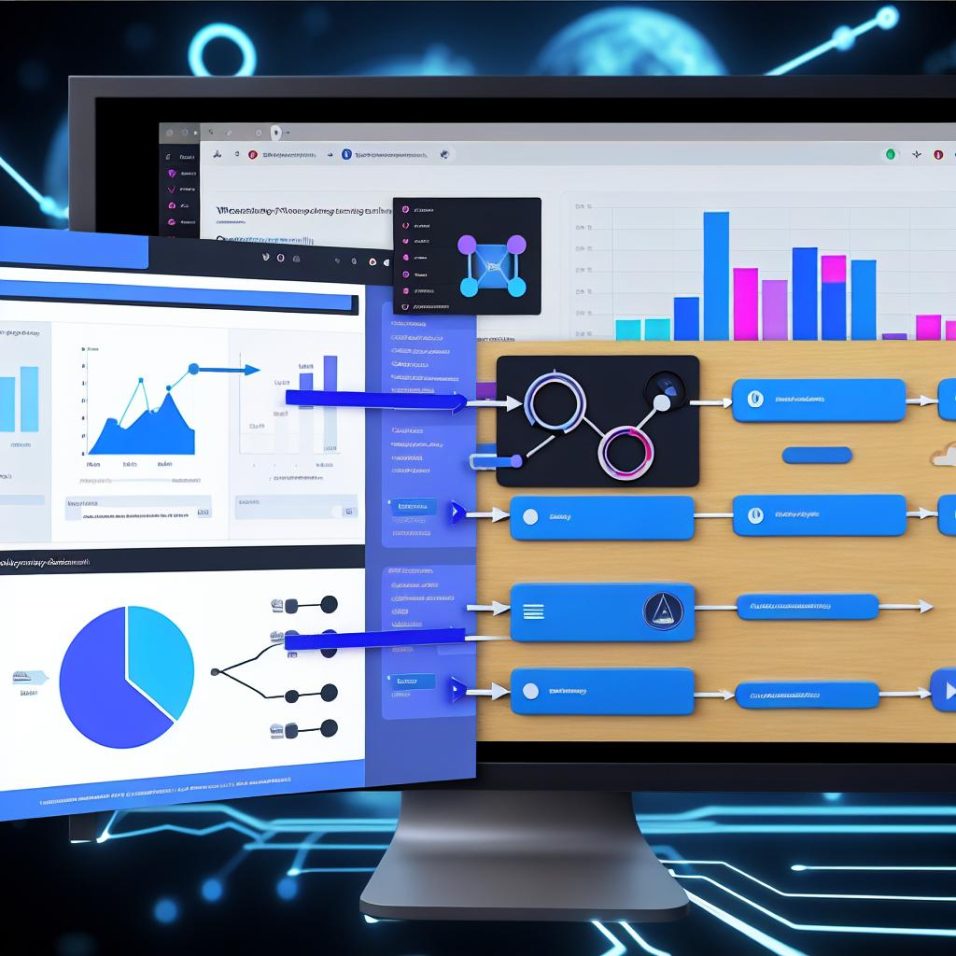Introduction
Integrating WordPress with Zapier can significantly streamline your workflow by automating various tasks. Zapier acts as a bridge between WordPress and over 2,000 other applications, allowing data to flow smoothly between platforms. This guide will assist you in integrating WordPress with Zapier using a structured method.
Requirements
Before proceeding, ensure you have:
- A WordPress website with admin access.
- A Zapier account.
- Plugins for specific functionality, like REST API or webhooks, if necessary.
Step-by-Step Integration
Step 1: Install Necessary Plugins
Open your WordPress dashboard and navigate to Plugins > Add New. Search for a plugin that supports Zapier integration, such as WP Webhooks or WPForms, and install it. Once installed, activate the plugin.
Step 2: Set Up API or Webhooks
Depending on the plugin, you may need to set up an API key or enable webhooks. Navigate to the plugin settings and follow the instructions provided for generating an API key or webhook URL.
Step 3: Create a Zap
Log into your Zapier account and click on Create Zap. Select WordPress as the trigger app. You may need to select specific events like New Post or New Comment.
Configuring WordPress as a Trigger
During the setup, connect your WordPress account to Zapier by entering your site URL and the API key obtained from your plugin. Test the connection to ensure it works properly.
Step 4: Choose an Action App
Once the trigger is set, select an action app from Zapier’s directory. This could range from sending an email via Gmail to posting a message to Slack. Input the necessary credentials for the action app.
Set Up Action Automation
Define what you want to happen in your action app when the trigger event occurs. Zapier will guide you through necessary steps to configure your action.
Step 5: Test Your Zap
Before activating your Zap, it’s crucial to run a test to ensure everything is functioning correctly. A successful test confirms that data flows smoothly from WordPress to your chosen action app. If the test is successful, you can proceed to activate your Zap, making your automation live.
Enhancing the Integration
Leveraging Advanced Features
Once basic integration is established, explore advanced features of Zapier to further enhance automation. Consider using filters to specify conditions under which actions should be executed, or employ multi-step Zaps to link more than two apps in a single workflow.
Exploring Zapier’s Explore Feature
Zapier’s Explore feature provides inspiration by showcasing popular workflows (Zaps) used by others. This tool is a great resource for discovering efficient ways to automate additional processes, letting you maximize productivity and streamline more aspects of your WordPress site management.
Regular Maintenance and Updates
As is true with any digital tool, regular maintenance of your Zapier integrations is crucial. Monitor your Zaps to ensure they continue to operate correctly, especially after updates to WordPress or any integrated apps. Periodically review your workflows to ensure they are optimized and adjust them to meet evolving requirements.
Conclusion
Integrating WordPress with Zapier allows for efficient management of repetitive tasks, empowering you to focus on content creation. Regularly review your Zaps to optimize performance and adapt to new requirements. For more information on the specifics of each application, consult the Zapier Help Center. By investing time in setting up and maintaining these integrations, you can achieve a more streamlined and productive workflow, freeing up resources to focus on your site’s growth and innovation.

